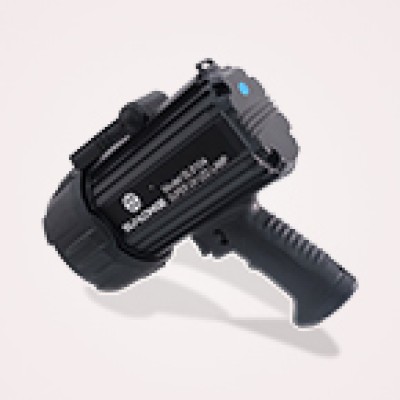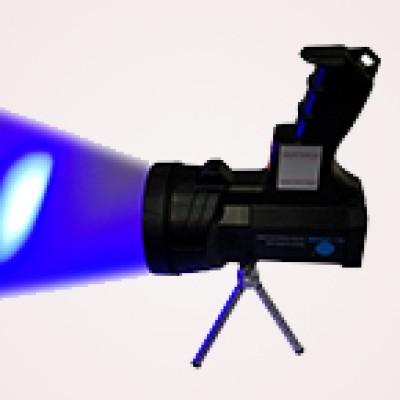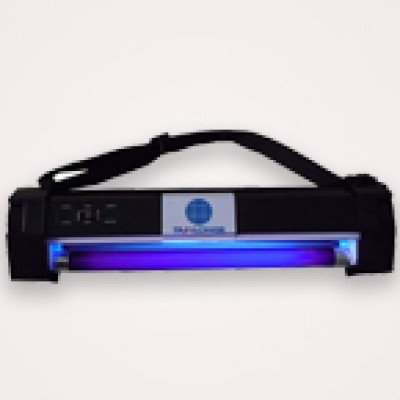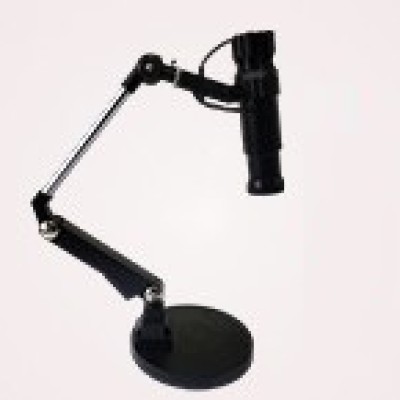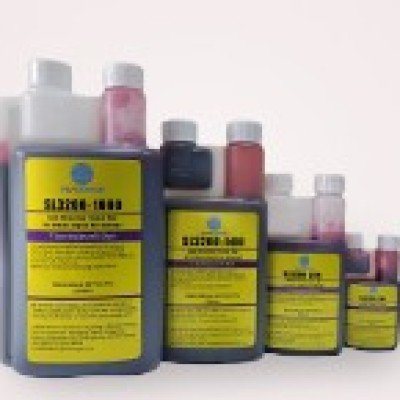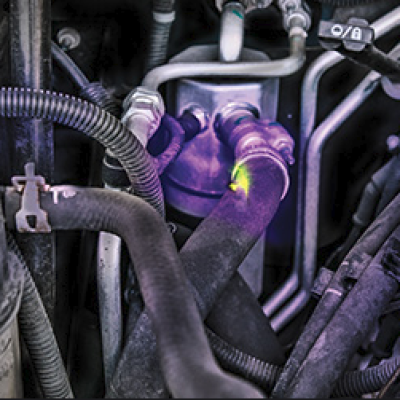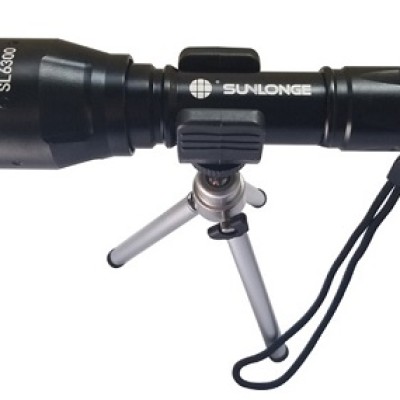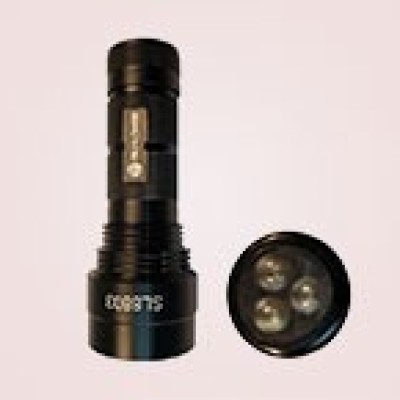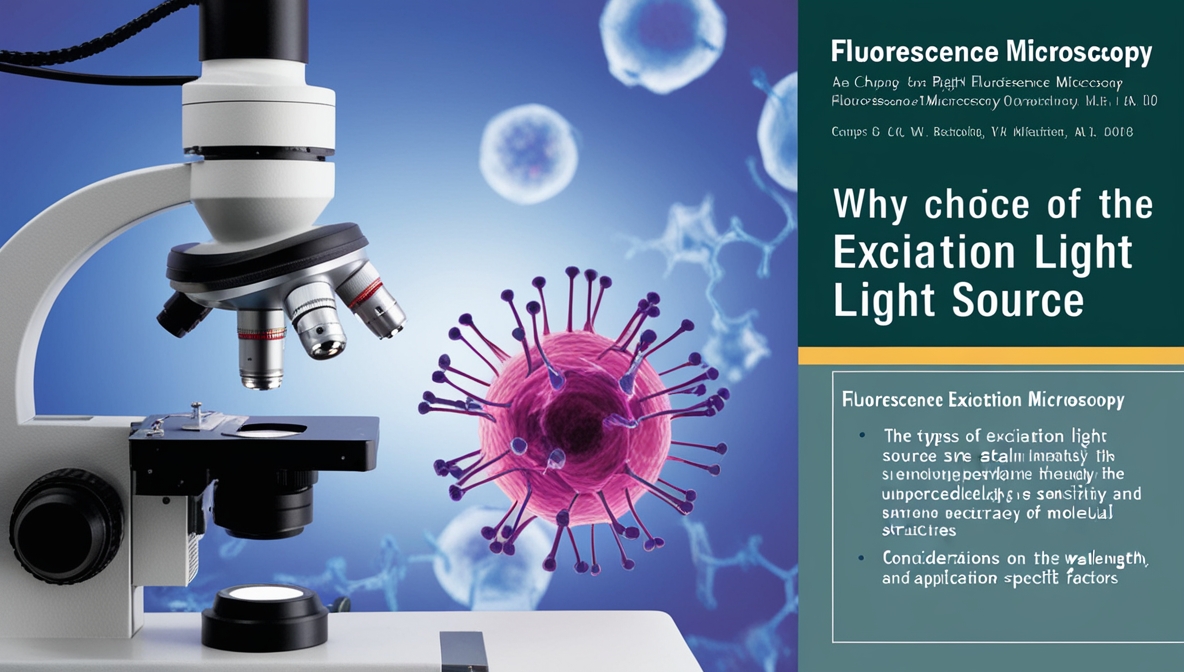
excitation light sources
Fluorescence microscopy has opened unparalleled vistas in research related to biology and materials, whereby researchers have been enabled to attain unprecedented clarity of specific molecular structures. One key choice in fluorescence microscopy pertains to the right excitation light source, since it affects directly the imaging clarity, sensitivity, and accuracy of the images obtained. This chapter considers the types of excitation light sources available; considerations on wavelength, intensity, and application-specific factors are discussed, which would enable the researcher and professional to make informed decisions.
Understanding Excitation Light Sources in Fluorescence Microscopy
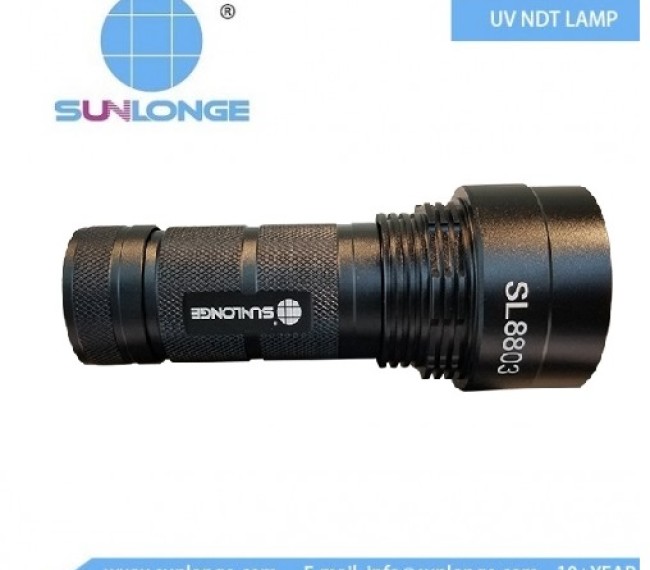
excitation light sources
The main purpose of an excitation light source is to illuminate the fluorescent molecules (fluorophores) at specified wavelengths, which in turn emit light. It is this emitted light that carries information about the structures or processes of interest in the specimen. An ideal excitation light source should have a wavelength compatible with the excitation spectrum of the fluorophore and provide enough intensity to view an image clearly. Other important factors to consider when choosing a light source include compatibility with the microscope setup, efficiency, and the life of the light source.
Types of Excitation Light Sources
Some of the most common types of excitation light sources in fluorescence microscopy have different properties:
Mercury Arc Lamps
Mercury arc lamps emit intense UV radiation across a broad range for the excitation of many fluorophores. Due to their high intensity and broad spectral output, these lamps see widespread use in research applications requiring UV excitation. Unfortunately, mercury lamps have a relatively short life span and produce significant amounts of heat, necessitating supplemental cooling.
Metal Halide Lamps
Metal halide lamps are similar to mercury arc lamps but are far more stable and have a much longer life span of approximately 2,000 hours. They provide an extremely wide spectrum of visible light and, therefore, are very useful where a uniform light output is demanded. Metal halide lamps are very well suited for imaging systems where applications require a high intensity for a very extended period .
LED Light Sources
In addition, the long life, stability, and accurate choice of wavelength by LEDs make them an increasingly popular light source for fluorescence microscopy. Thus, LED systems may exhibit useful lives in excess of 10,000 hours, reducing the overall cost of maintenance. Equally important, LEDs emit very little heat and can be switched on and off rapidly and/or between different wavelengths, making them very suitable for multi-fluorophore applications .
Laser Light Sources
Lasers have very high intensity monochromatic light, thus are perfect for applications that demand high spatial and temporal resolution, such as confocal and super-resolution microscopy. They offer great precision in control of excitation wavelengths and intensities; hence, they are also perfectly applicable in live-cell imaging. However, lasers are much more expensive and require rigorous alignment within the microscopy setting.
Key Considerations When Selecting an Excitation Light Source
Selection of Excitation Light Source in Fluorescence Microscopy: Some of the most important factors in choosing to ensure optimal performance of an excitation light source include:
Compatibility of Wavelength
Each fluorophore has a specific range of excitation wavelength. The choice of exciting light source which falls in that range or as close as possible will be critical for maximizing fluorescence efficiency. Such that if a GFP has an excitation peak at approximately 488 nm, an LED source tuned to that wavelength will be more effective than a broader spectrum source like a mercury lap.
Intensity and Stability
Intensity is related to the brightness of fluorescence a sample will exhibit, which is crucial for structure imaging that is either very small or dim. High intensity sources, such as lasers, can perform high-resolution detailed imaging at high magnification. The other critical problem is stability; fluctuation in intensity can yield inconsistent results in imaging. Over time, LEDs and lasers tend to be more stable than mercury and metal halide lamps.
Life-span and Cost
There is an enormous range in the life-span of light sources: mercury lamps have lives of up to about 200 hours, while metal halide lamps have lives of up to 2,000 hours, and LEDs well over 10,000 hours. LEDs usually are ultimately much cheaper due to their longer life span and less frequent replacements are required. Laser systems can be expensive to buy, but for high intensity applications requiring specialized imaging, they can be somewhat economical.
Heat and Safety
Some light sources, such as mercury and metal halide lamps, generate considerable amounts of heat. In these cases, cooling must be provided to prevent damage to the microscope and sample. When dealing with temperature-sensitive samples, LED and laser systems, which generate considerably less heat, are preferred. Furthermore, researchers working with UV-based sources, like mercury lamps, must take great care to avoid the hazards posed by UV when appropriate shielding is absent.
Application-Specific Recommendations
The following are some recommendations regarding the choice of excitation light source for specialized applications in fluorescence microscopy:
- Multi-Color Imaging: Metal halide lamps and LEDs are suitable for multi-color imaging due to their broad spectral coverage and a wide range of excitation wavelengths. An additional advantage of LEDs is that these light sources are single-wavelength, which can be used to switch rapidly between colors.
- High-Resolution and Confocal Microscopy: The laser light sources give high intensity with very fine control and hence are useful in techniques like confocal or super-resolution microscopy that requires high resolution.
- Temperature-Sensitive Samples: These light-emitting diodes produce very little heat energy; hence, they may be used for live-cell imaging applications in general, where temperature sensitivity could be an issue.
- Cost-Sensitive Applications: LEDs balance longevity and cost-effectiveness, ideal for general-purpose setups where budget constraints are important.
- Specialized UV Imaging: Mercury arc lamps can be useful when high levels of UV excitation are needed. Due to the substantial amount of heat that these lamps produce, many cooling systems are associated with their use.
Wrapping Up
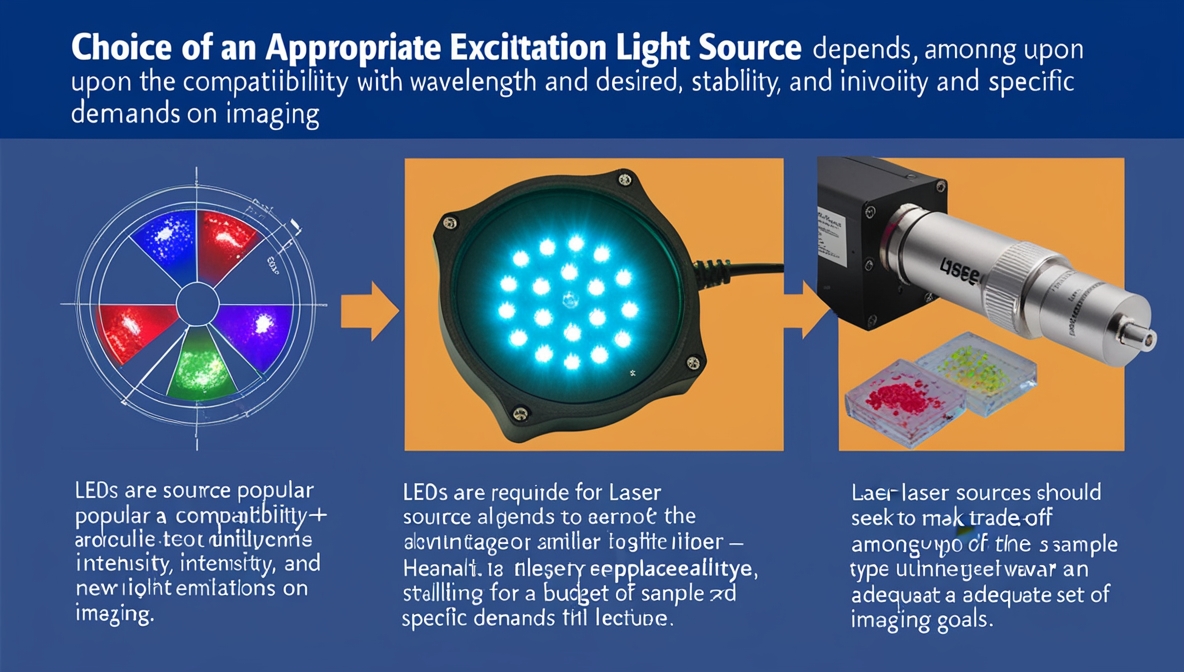
excitation light sources
The choice of an appropriate excitation light source depends, among other factors, upon compatibility with the wavelength and desired intensity, stability, and specific demands on imaging. LEDs are popular due to their versatility and cost efficiency, although laser sources still retain a niche of irreplaceability for high-resolution applications. Generally, one should seek to make a trade-off among the available advantages of either source type in relation to one’s budget and sample type toward an adequate set of imaging goals.
 CN
CN

